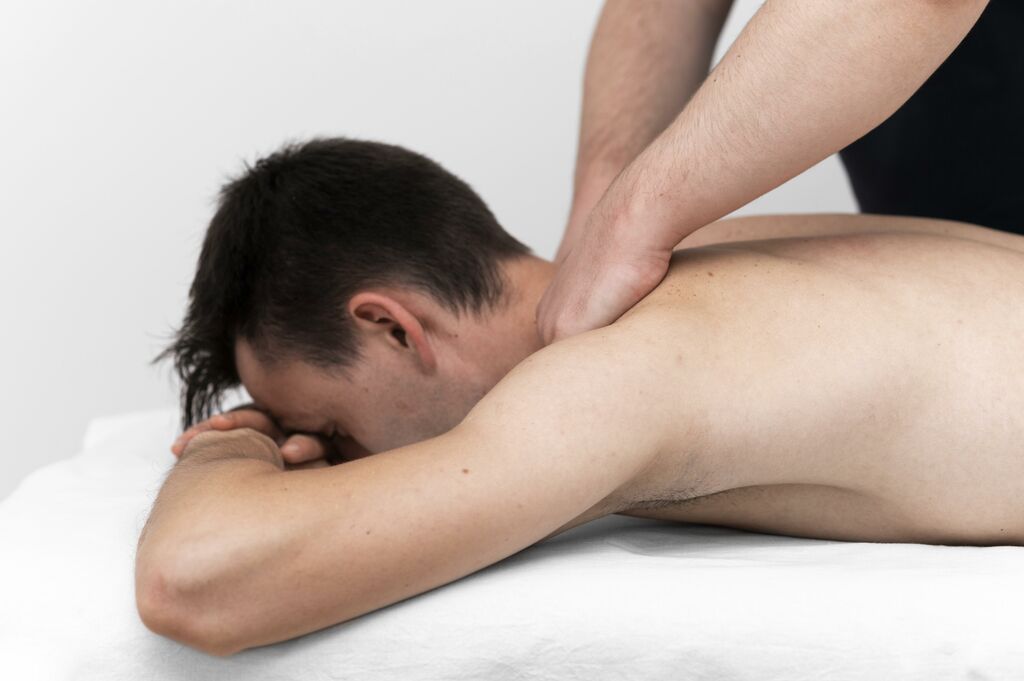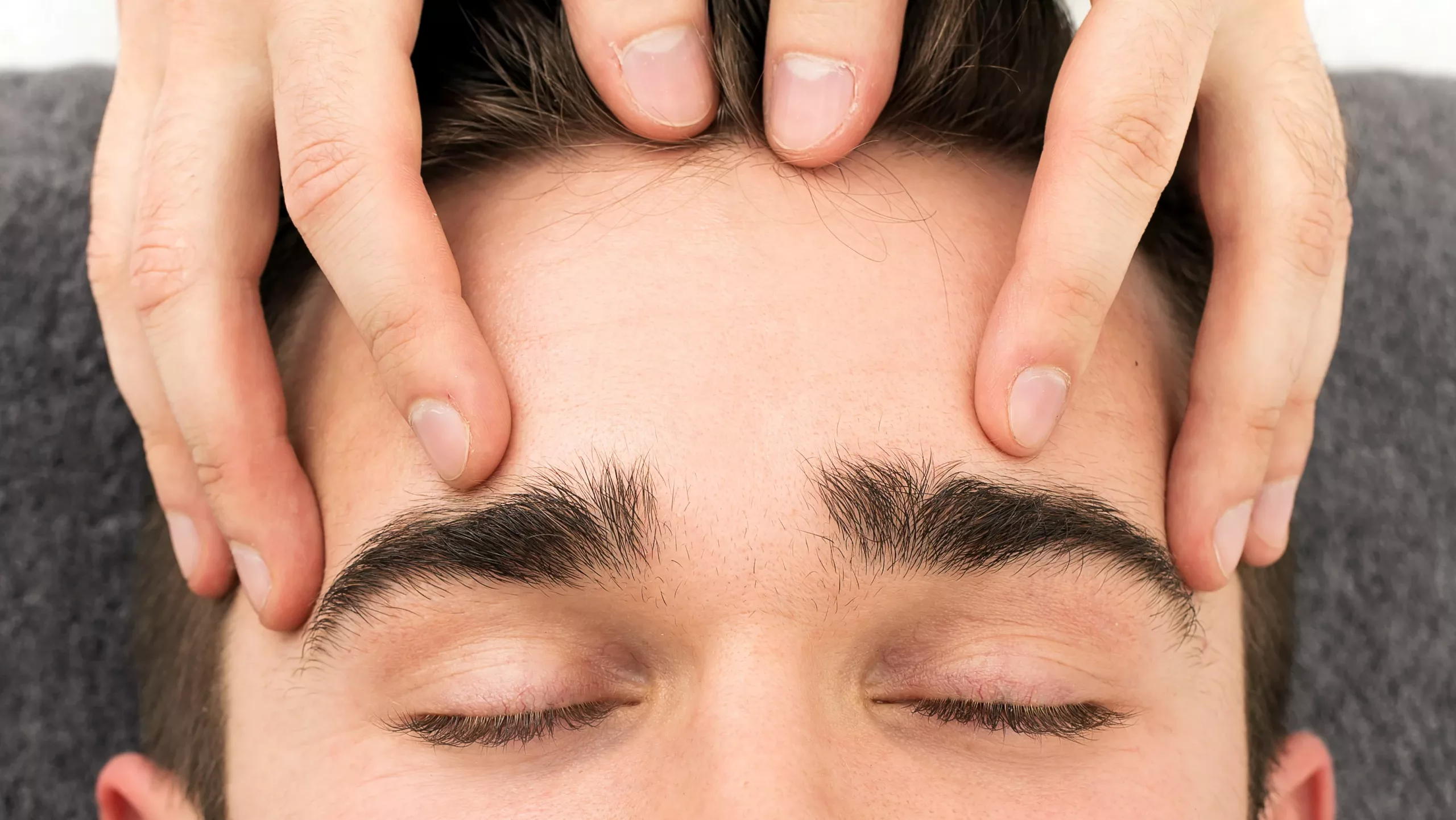Learn about the benefits of massage for migraine relief and discover effective techniques and tips from Forget Me Knot.
Migraines can be debilitating, causing severe throbbing pain or a pulsing sensation, usually on one side of the head. It’s often accompanied by nausea, vomiting, and extreme sensitivity to light and sound. At Forget Me Knot, we understand the impact migraines can have on your life, and we’re here to help with massage techniques specifically designed for migraine relief.
Understanding Migraines
Migraines are more than just a headache. They’re a neurological condition that can last for hours to days, and the pain can be so severe that it interferes with your daily activities, make you feel nauseous and even change your sense of taste and smell. While medication can help manage the symptoms, many people are looking for natural ways to find relief.
The Role of Massage

Massage can be a powerful tool in the management of migraines. It can help to reduce muscle tension, improve circulation, and promote relaxation, all of which can help to alleviate the pain and frequency of migraines.
Massage Techniques for Migraine Relief
At Forget Me Knot, I use specific massage techniques for migraine relief. These techniques focus on the shoulders, neck, and head, areas where tension can contribute to migraines. Gentle pressure and manipulation can help to relieve this tension, reducing the severity and frequency of migraines.
Tips for Migraine Relief
In addition to regular massage sessions, there are other steps you can take to help manage your migraines. These include maintaining a regular sleep schedule, staying hydrated, managing stress, and avoiding known migraine triggers.
Self-Treatment Quick Guide to Migraine Relief
- Identify Triggers: Keep a migraine diary to help identify potential triggers. Common triggers include starting a period, anxiety, stress, irregular eating patterns, excessive caffeine, certain foods, and lack of exercise, to name a few.
- Pain Management: Over-the-counter painkillers such as ibuprofen and paracetamol can help. However, avoid taking high doses frequently, as it could make migraines harder to treat.
- Lifestyle Changes:
- Stay hydrated and limit caffeine and alcohol intake.
- Maintain a healthy weight.
- Eat meals at regular intervals.
- Engage in regular light exercise.
- Ensure adequate sleep.
- Manage stress through relaxation techniques such as timeout activities or a 3 min stretching exercise.
- During a Migraine:
- Try to rest or sleep in a darkened room.
- A warm cloth on the back of the neck can help to release tension and increase blood flow to problem areas.
- Seek Medical Advice: If migraines are severe, frequent, or accompanied by unusual symptoms, consult a GP. They might recommend relaxation techniques or refer you to a specialist for further tests and treatment.
- Stay Informed: The Migraine Trust offers more detailed information about migraines.
For more comprehensive advice and treatments, please refer to the NHS website.

Remember, this blog post is intended for informational purposes only. It’s not a substitute for professional medical advice, diagnosis, or treatment. Always seek the advice of your healthcare provider with any questions you may have regarding a medical condition.

